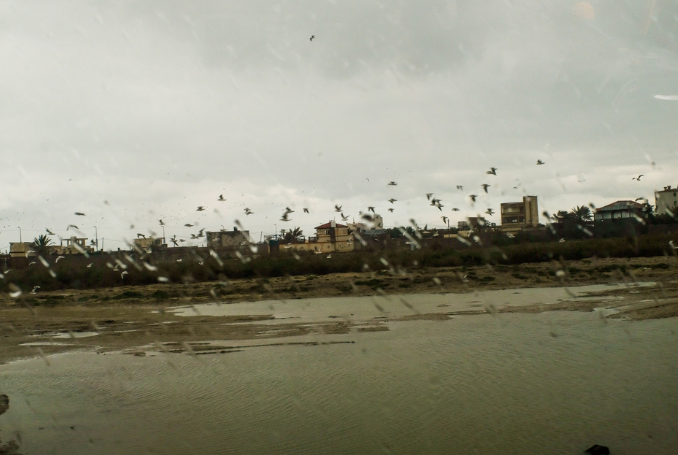
Wadi Gaza, or The Gaza Valley was settled by ancient civilizations as early as 5,000 years ago. This makes Gaza city one of the oldest cities on earth. The original source of the Valley water is the Hebron Mountains and its final destination is the Mediterranean Sea in the Gaza Strip.
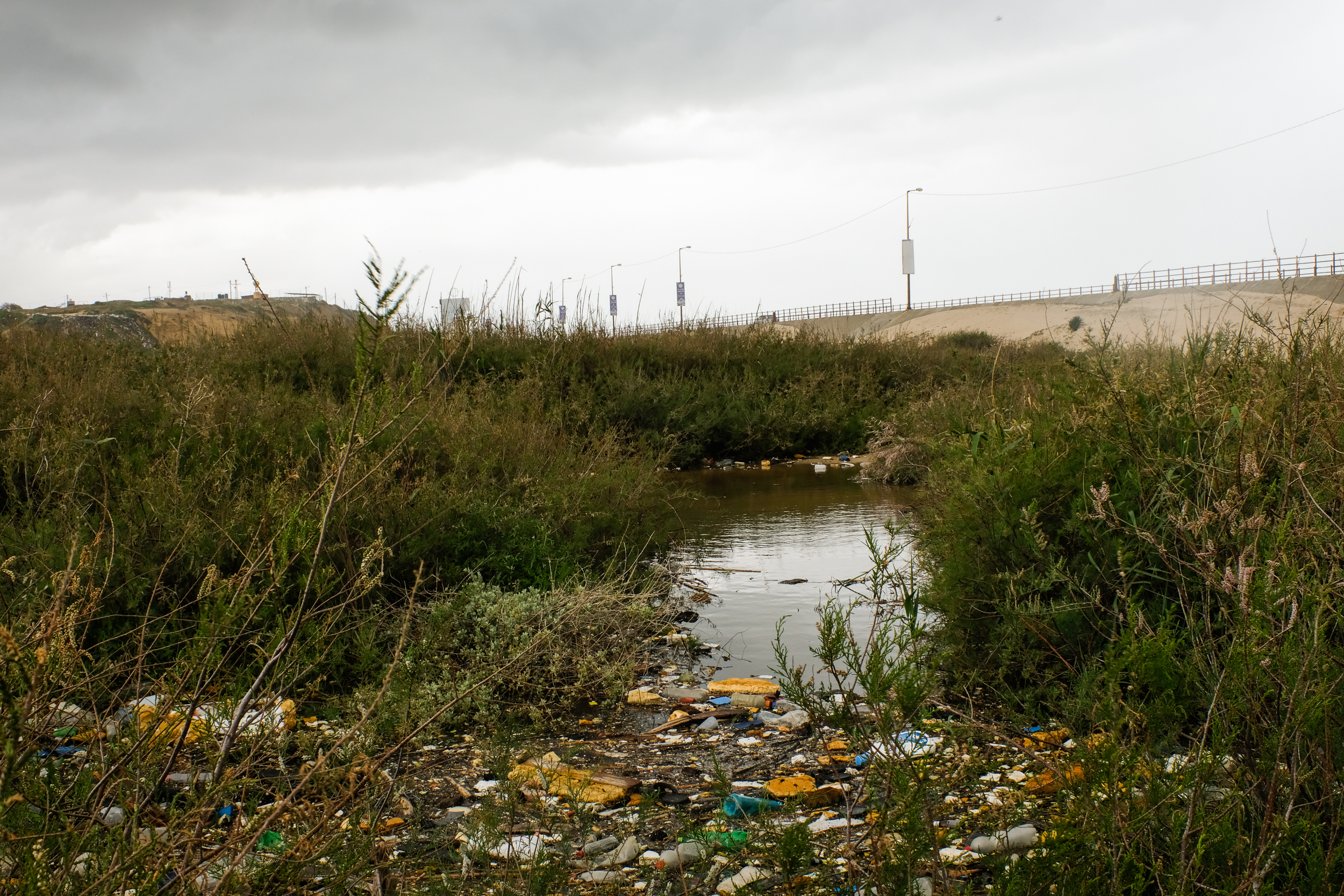
Wadi Gaza, located in the center of the Strip, is the only wetland area in Gaza. The Valley has a length of 9 kilometers, while its width varies depending on the area. The Wadi wetland is an important ecosystem area in densely populated Gaza.
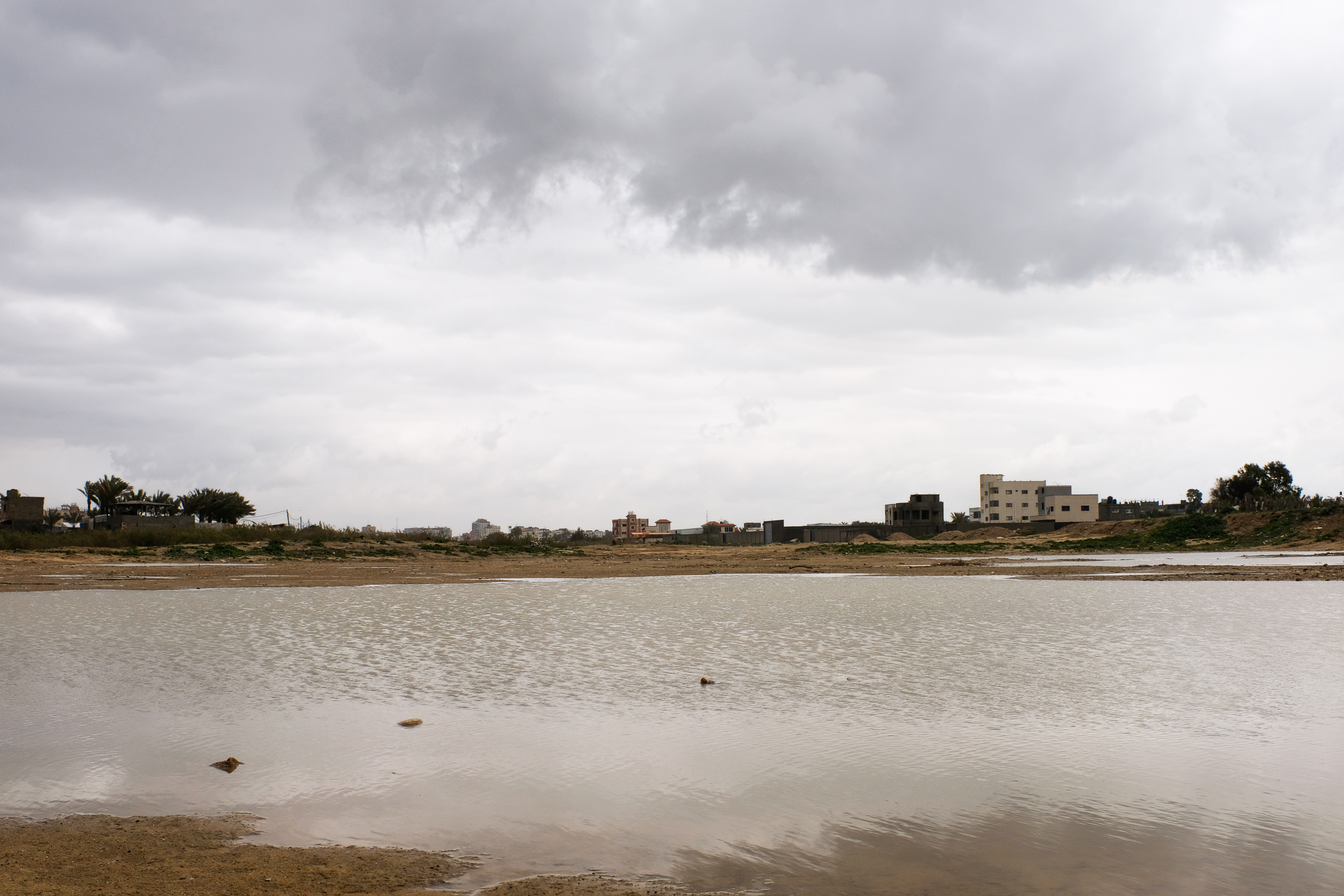
In 1999, Wadi Gaza was declared a protected area.
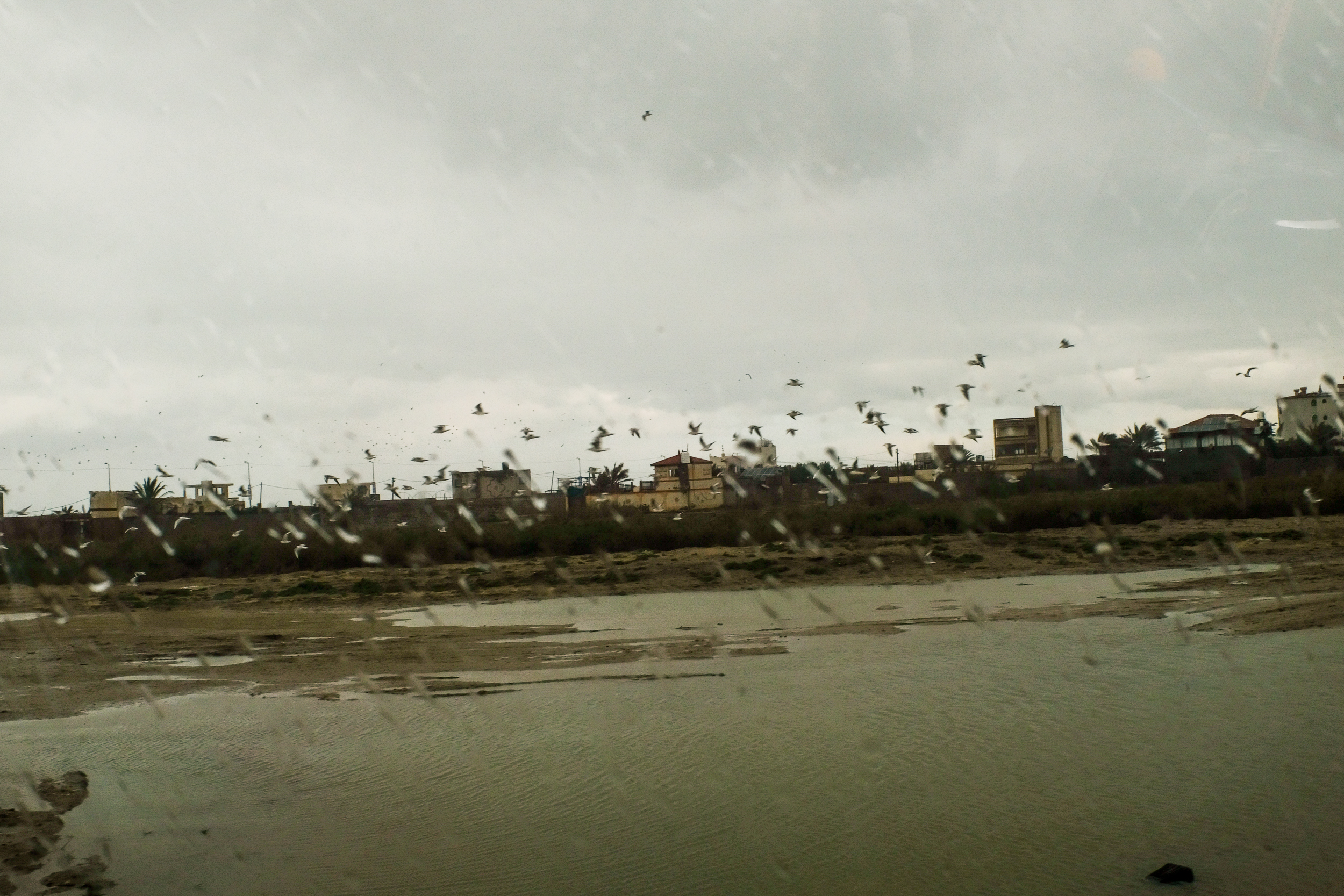
The Valley, however, is rapidly losing much of its water due to an Israeli decision to create water catchment areas, thus blocking the Wadi from running in full towards the Strip. Consequently, this has made the Wadi’s flora and fauna endangered.
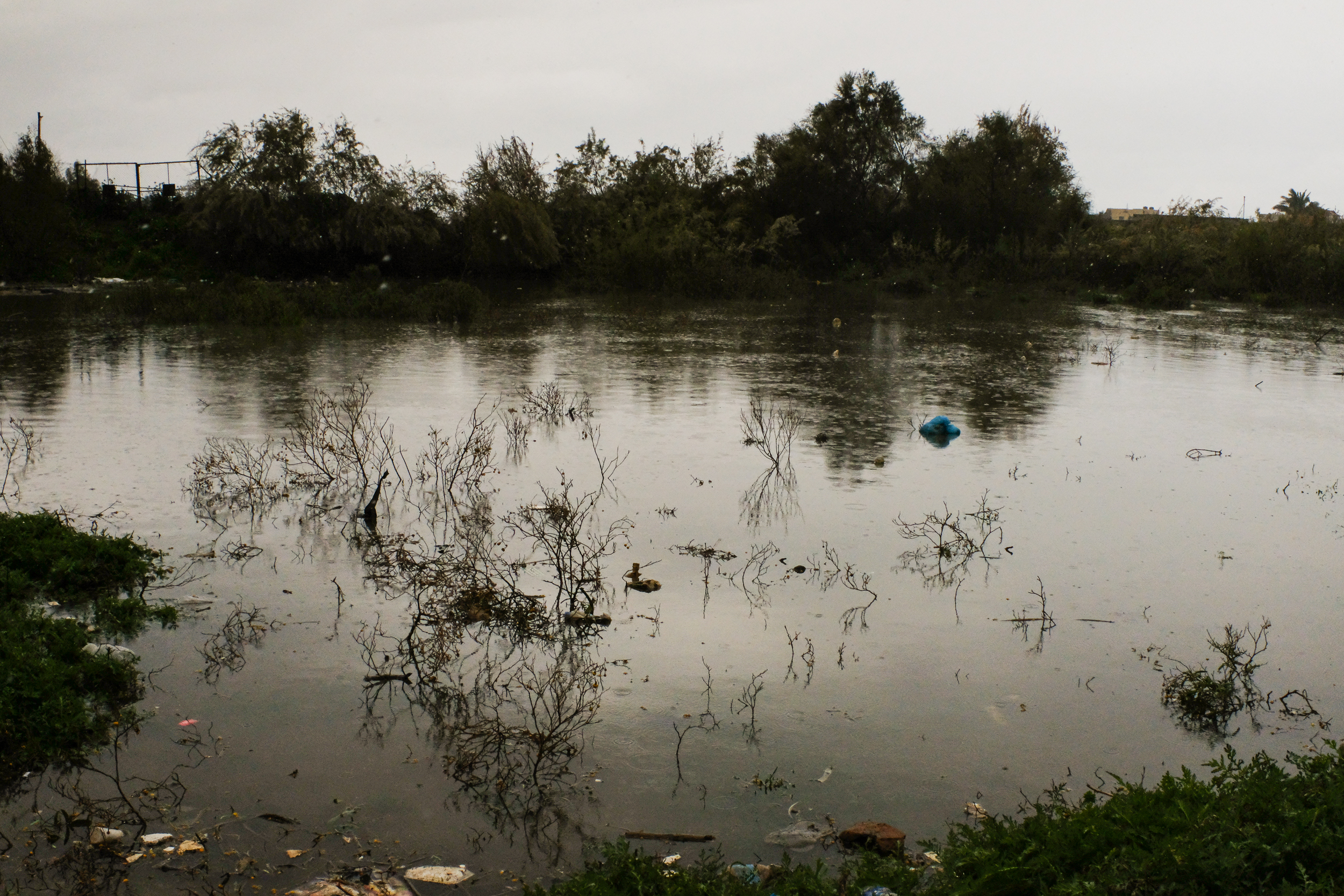
Additionally, the rapid urbanization and the lack of virtuous preservation practices have also contributed to the current situation of the Wadi.
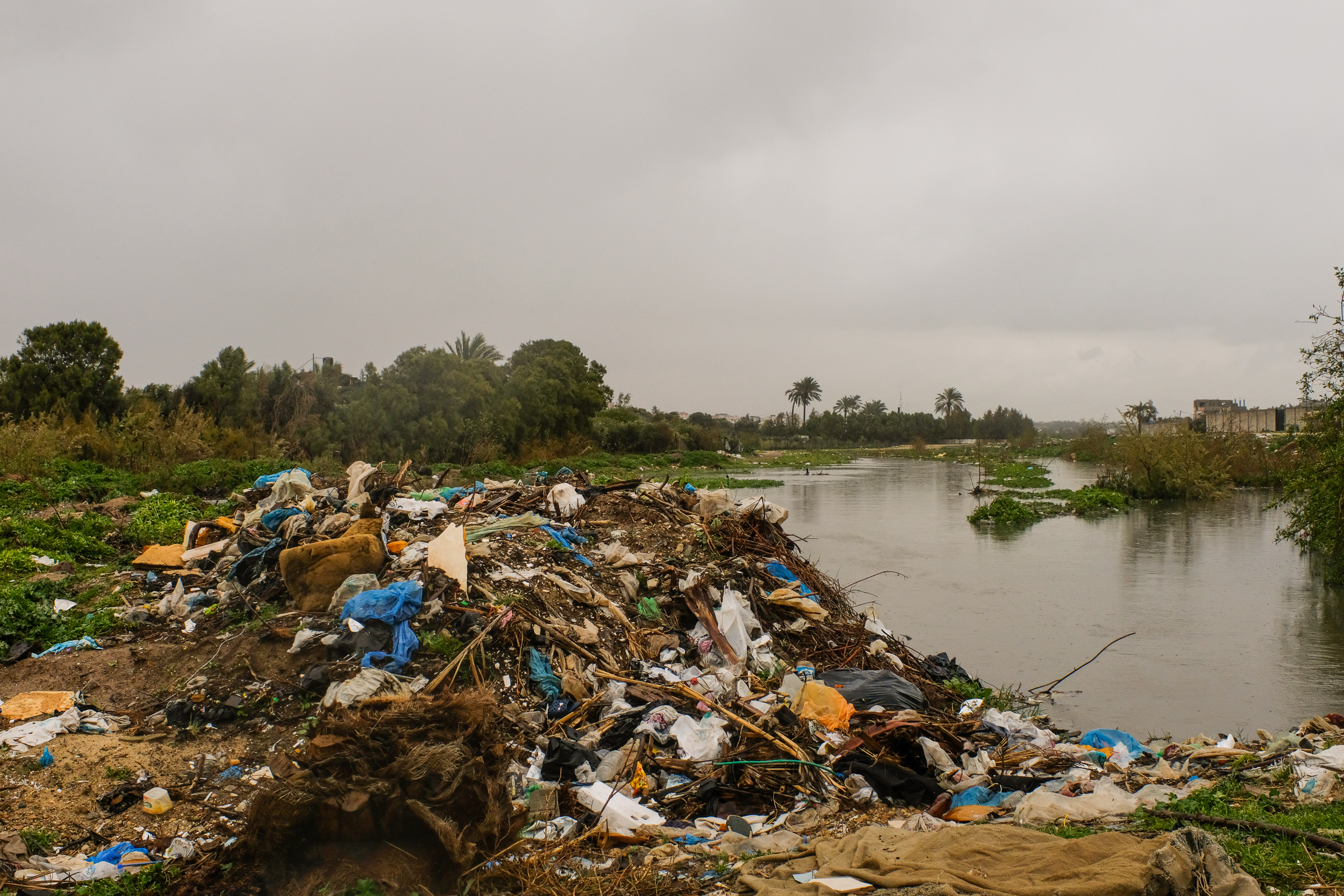
The degradation and dryness of the Wadi Gaza have been a concern of several local and international organizations. Recently, the Norwegian Government has funded a project for the restoration and rehabilitation of Wadi Gaza.
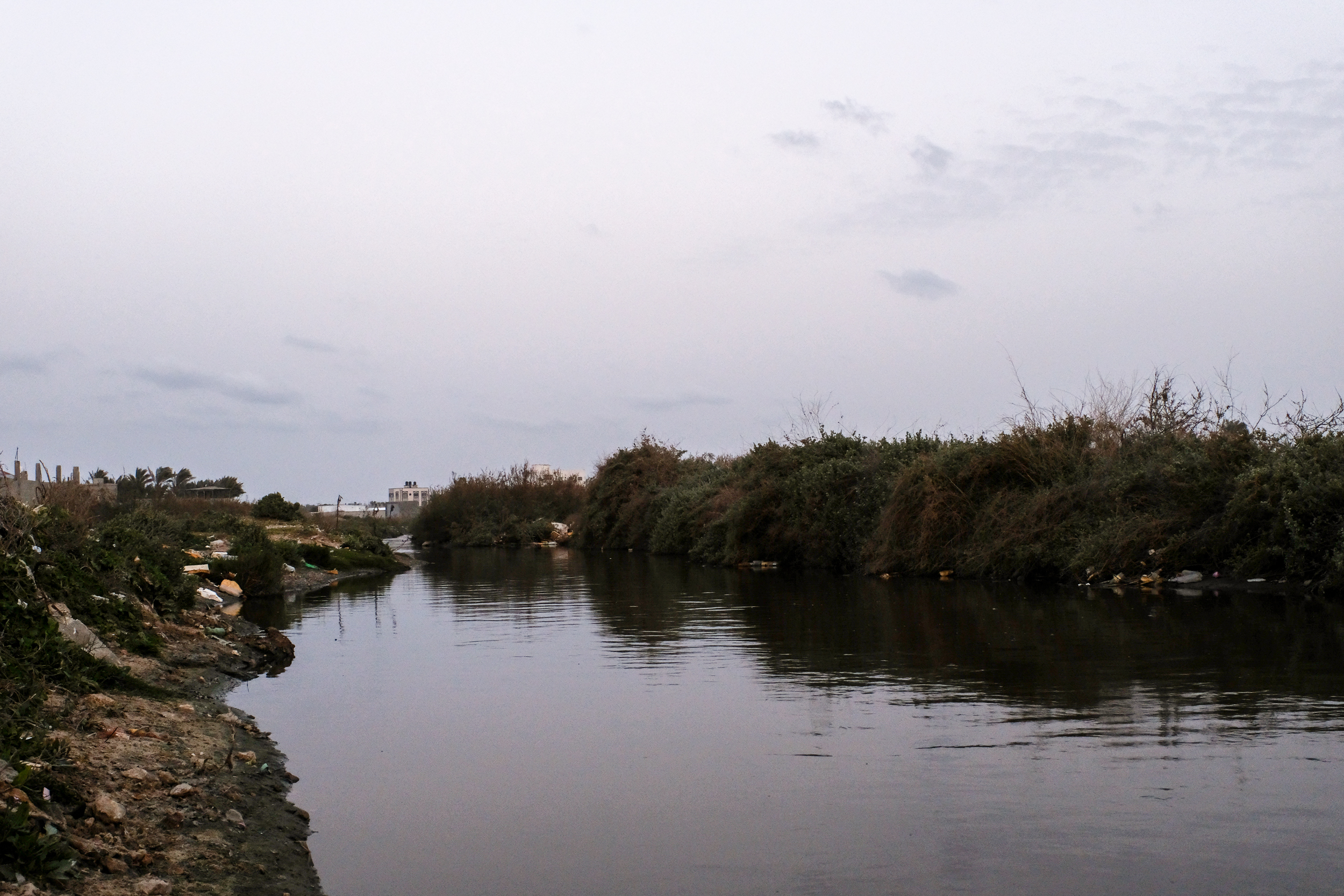
This project, once completed, should greatly protect the Wadi. According to the plan, the area will become a natural park for the residents of the Gaza Strip who have very limited green space and natural areas.
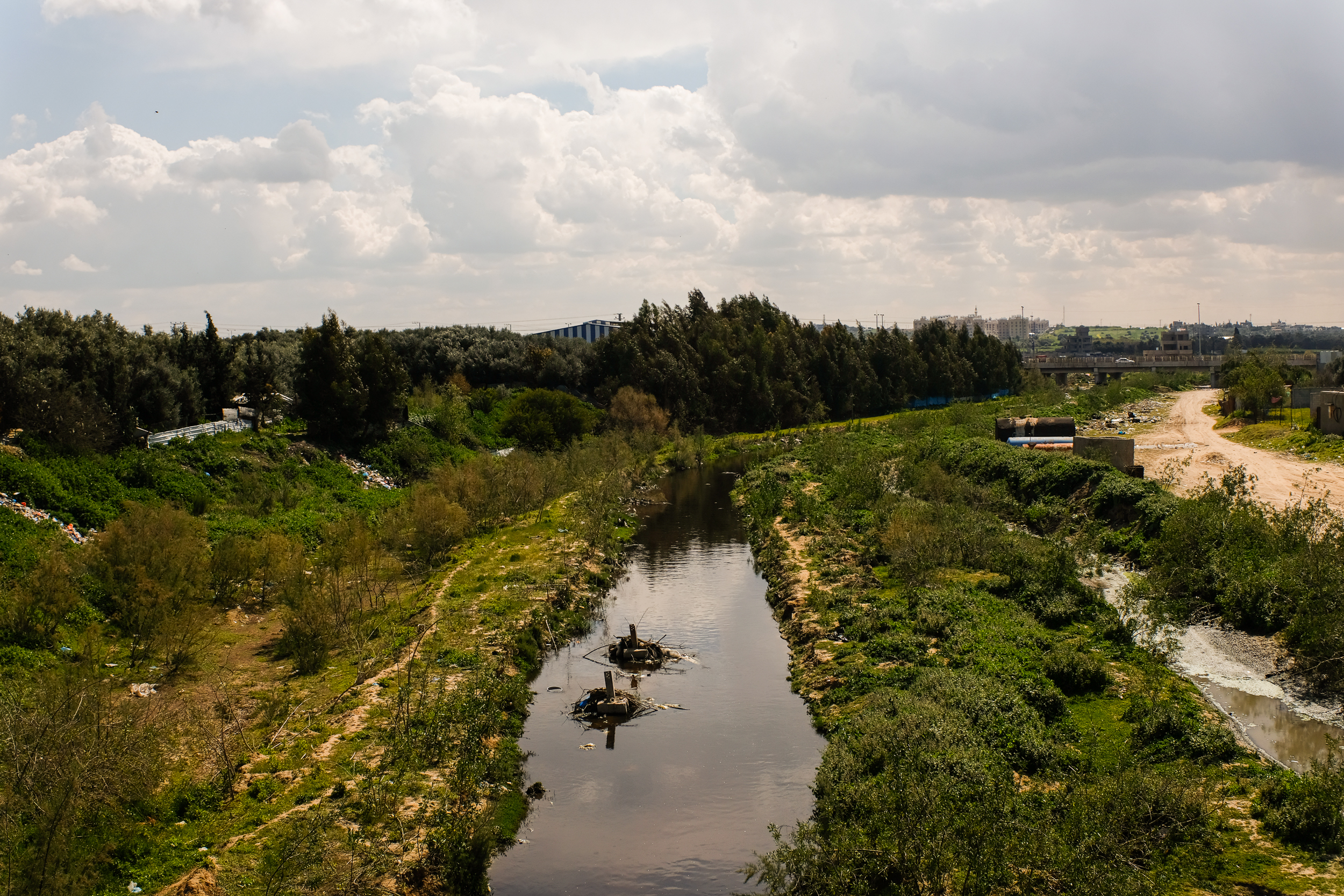
According to the United Nations Development Programme (UNDP), the implementing agency of the Project, a comprehensive master plan for the Wadi will ensure that the Wadi is cleaned, rehabilitated, greened, fenced, and protected.
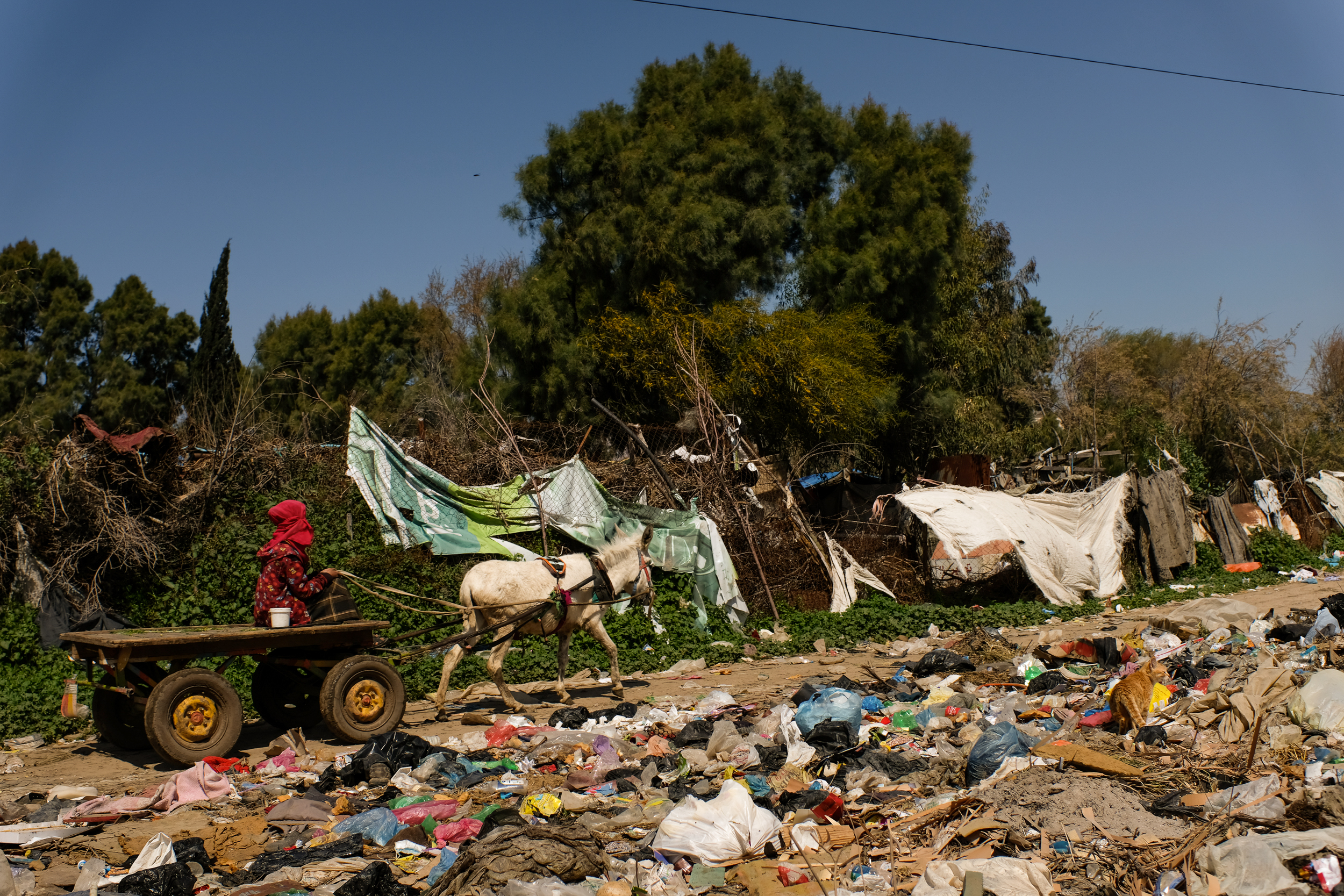
As important as reviving and restoring the Wadi is, equally important is what will happen next, in terms of protecting and maintaining the Wadi for the benefit of current and future generations.
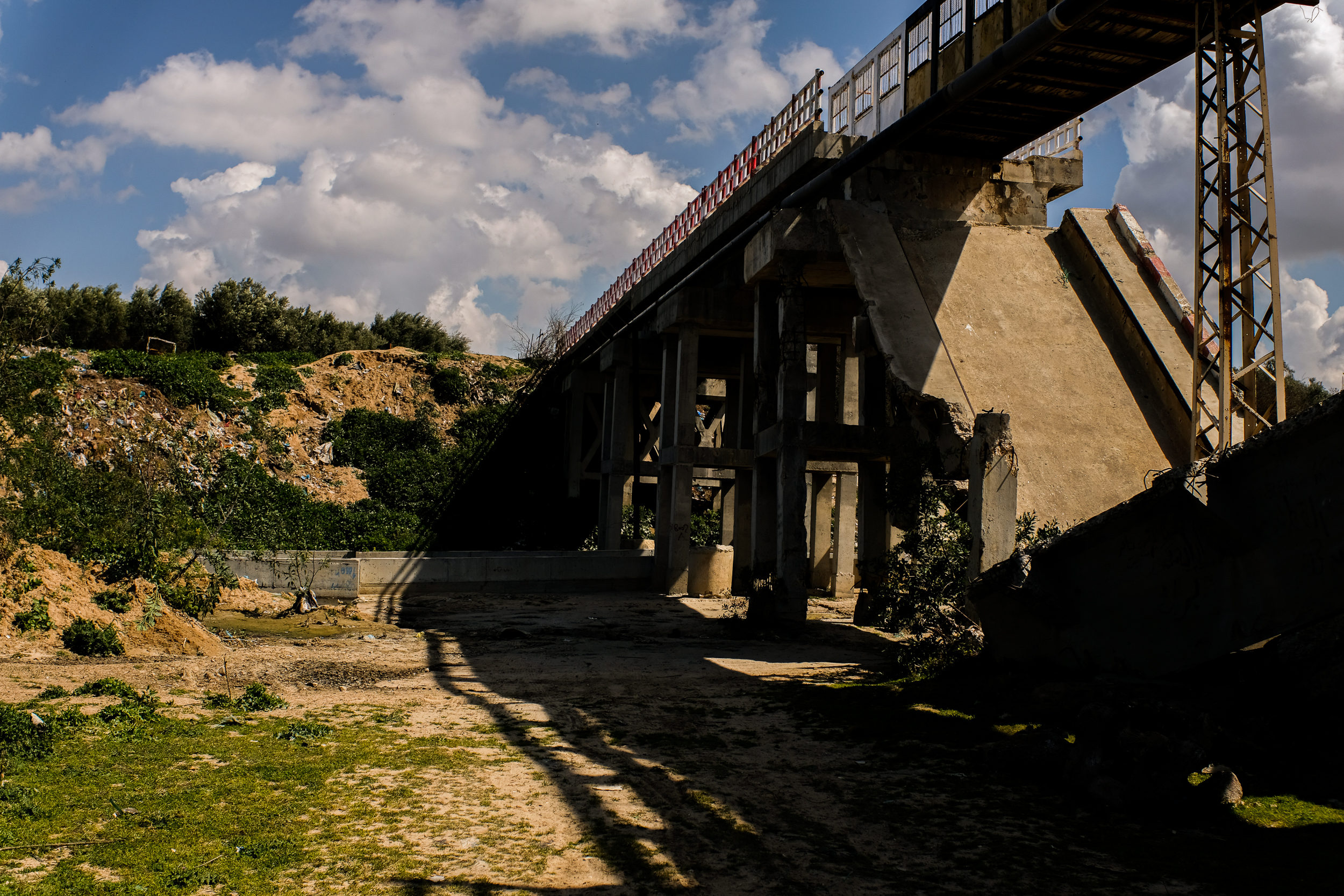
The revival of the Wadi will ensure many economic and social benefits. Life for the surrounding communities will improve due to the construction of new recreational facilities, which in turn will create new job opportunities through the various project activities.
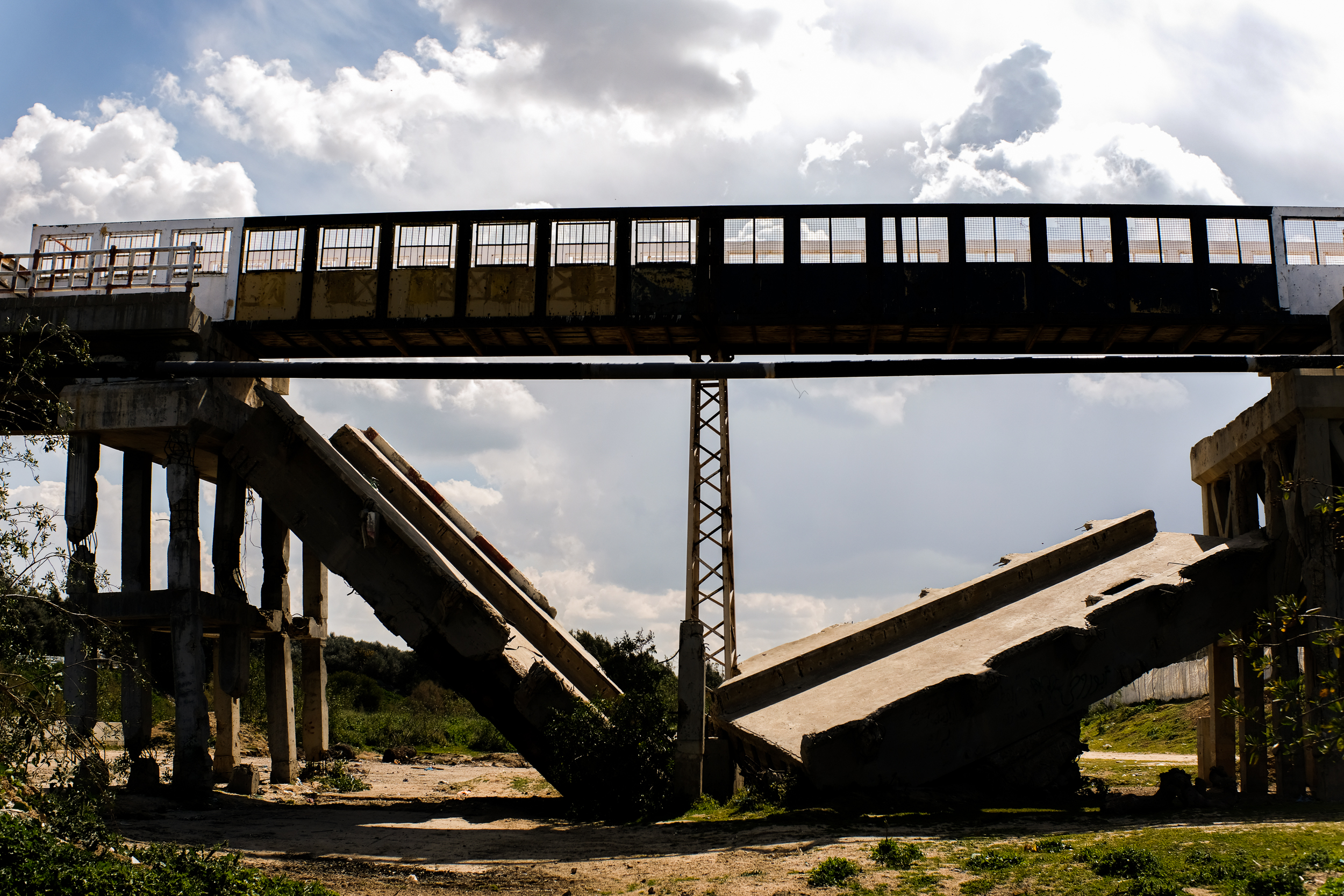
For the people of Gaza, the revival of the Wadi is a much-needed project.
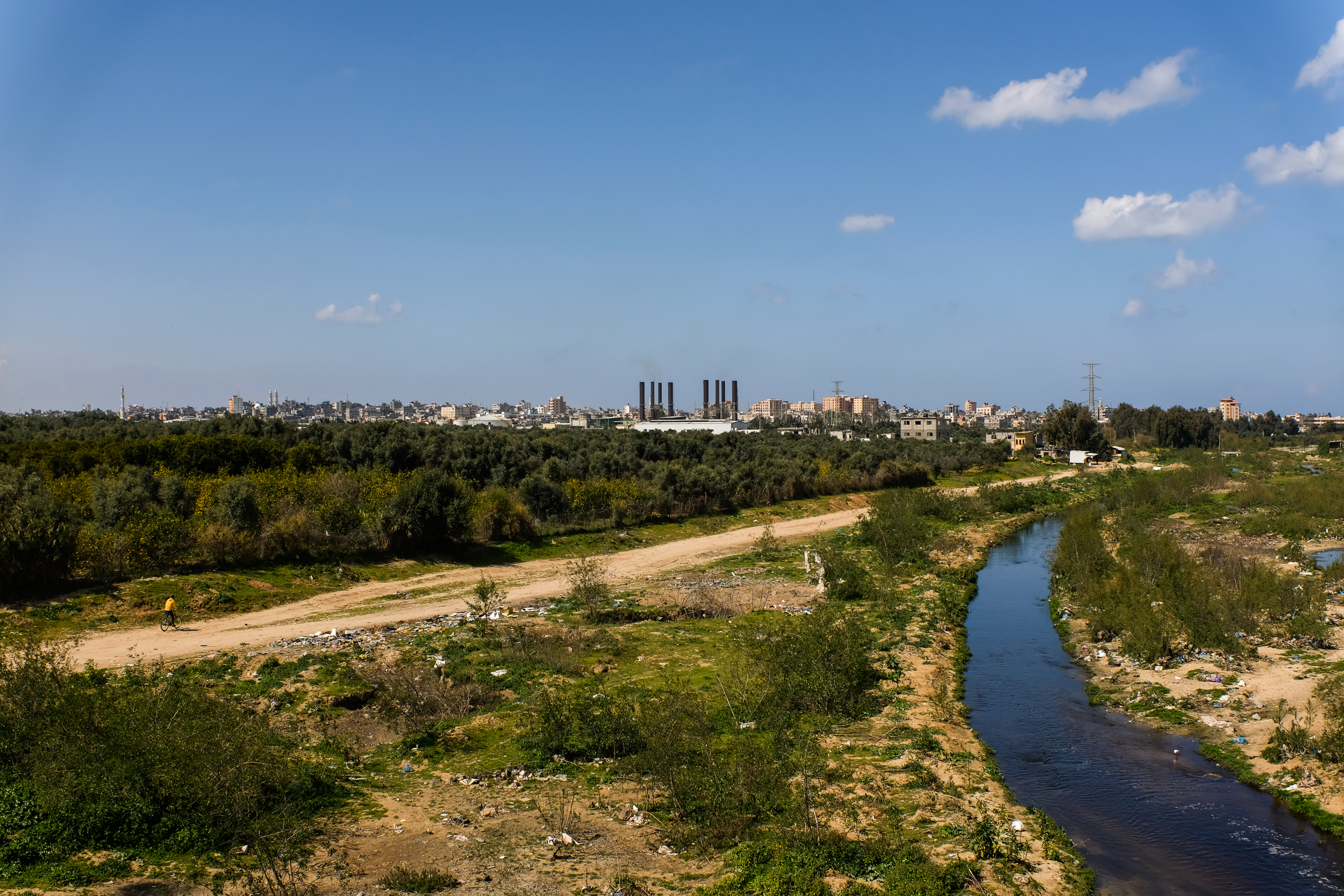
Through it, jobs can be created, communities can thrive, and most importantly, the people of Gaza will have access to some nature to ease the burdens of everyday life under siege and occupation.
(All Photos: Mahmoud Nasser, The Palestine Chronicle)
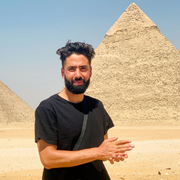
– Mahmoud Nasser is a Gaza-based photographer. After spending 13 years outside his country, he decided to come back to photograph Gaza’s loss of life, suffering, and the consequences of war, but also the human stories and the love for life. He can be contacted at mahmoud-bn@hotmail.com.

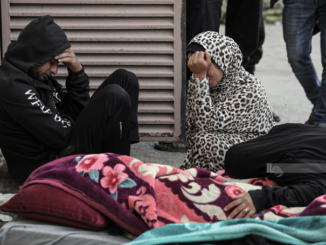
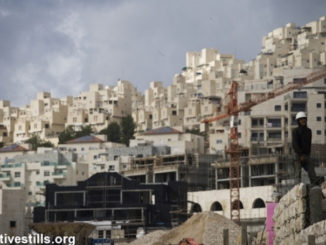
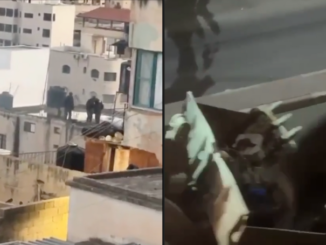




Gaza lives! Thank you for showing us that beauty and struggle live in Gaza. This is a heroic people in a forgotten land, a cursed land where the innocent are damned by the brutal ignorance of an American-fed monster. We need to see the dark underside that our madness has created, and whose humanity and nature survive. It’s waiting for us to wake up and redeem it.
I hope and pray that Palestine one day is free from this illegal brutal western creation on Palestinian stolen lands.the pain and suffering ends .these eastern European zoinst go back too where they came from Germany.your country has beautiful history dated back thousand of years .the Muslim world traded with you the old footage and archives speaks for itself full historian history dating back thousand of years and not from 1948.